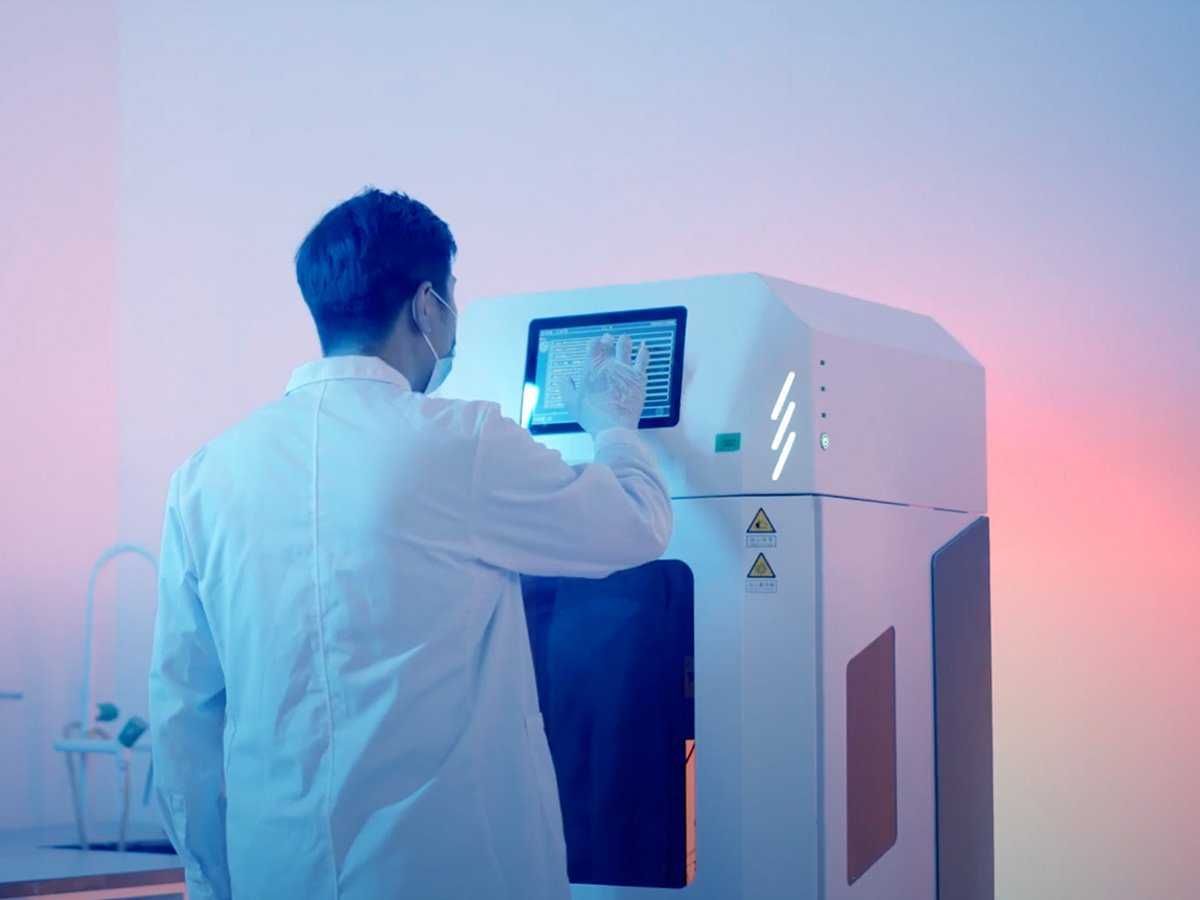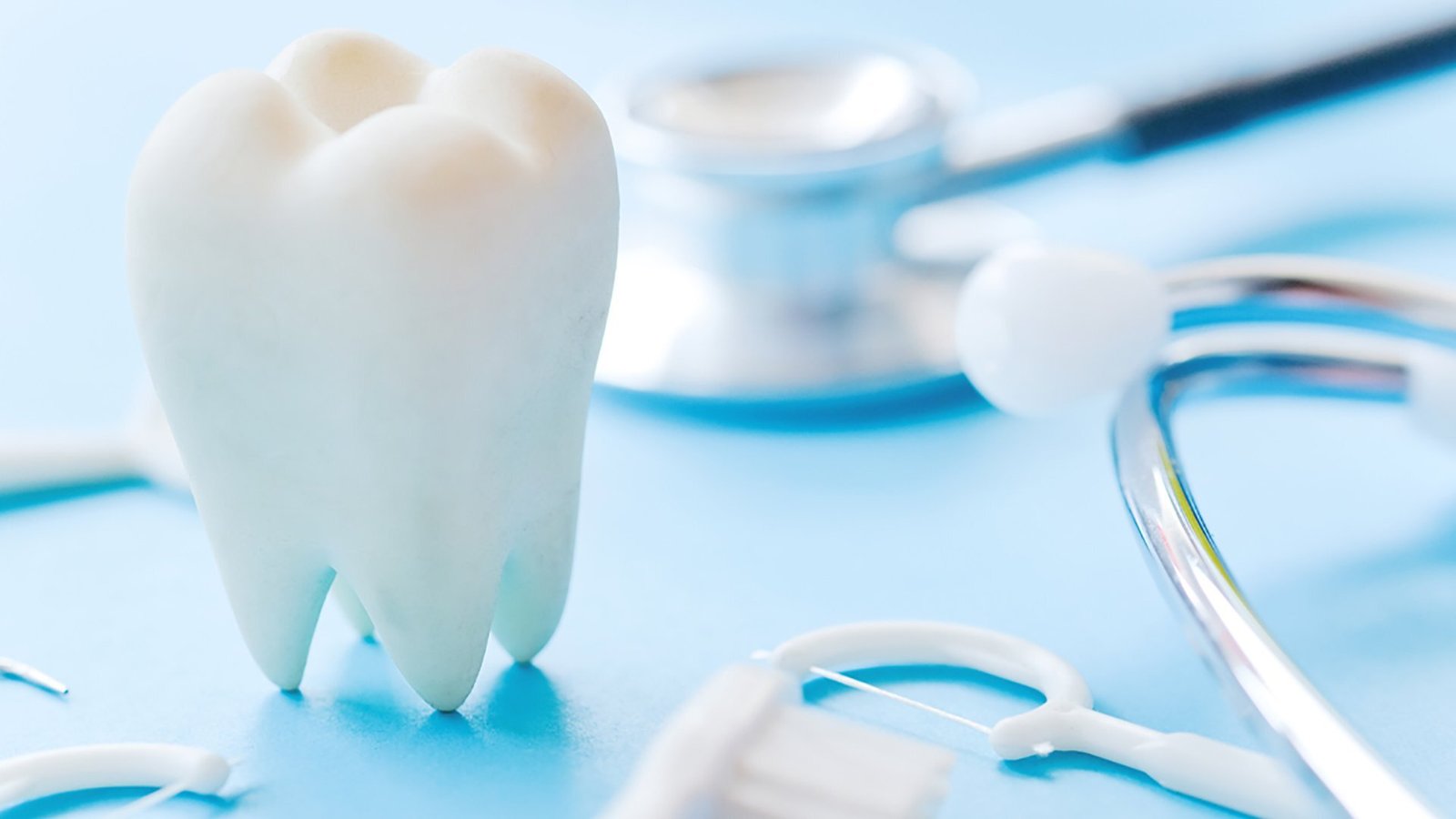Ill-fitting and discomfort are the common dark sides of traditional dental bridges. When the bridges don’t fit precisely, it leads to irritation, pain, and sometimes gum bleeding. You frequently visit the dentist for bridge adjustments that increase your cost of treatment.
However, the 3D-printed dental bridge is designed to eliminate all these problems. With 3D printing technology, dentists precisely and quickly create custom bridges for each patient’s needs. Patients experience less pain, and the bridge’s fit is better. Moreover, the material uses 3D bridges made stronger and more durable than older methods.
In this article, you will explore everything about 3D-printed dental bridges, their cost, and benefits. In the end, there are some key points that help you to choose which dentist is best for you to get this 3D-printed dental bridge process.

What is a 3D Printed Dental Bridge?
The 3D-printed dental bridges are the fastest way to make bridges by using printing technology. In this process, dentists use 3D printers to create custom bridges layer by layer.
In traditional methods, the dental expert uses a mold and waits a long time in the lab to build the bridges. The material used in traditional methods has not provided enough durability and precision.
However, with a 3D printer, dentists scan your mouth and inspect the overall areas of damage or missing teeth. The scan creates a 3D model of your teeth. Then 3D printers use material like resin or ceramic to build the bridges. This bridge is custom-made for each patient and ensures it fits properly.
The Benefits of 3D Printed Dental Bridges
The dental bridge 3D printing provides a lot of advantages for both the patient and the dentist. The patient comfort is the top among them. Let’s explore some other great perks of this dental procedure.
1.Quick and Efficient Process
The speed is the greatest advantage of 3D-printed dental bridges. In just a few minutes, the dentists scan your mouth to create a precise design. Then the 3D printer quickly builds the bridges. The overall process was completed in a few hours and reduced the patient chair time. For busy patients, this is very beneficial and allows them to move and complete their daily chores without wasting time.
2. Perfect Custom Fit
I know in the traditional bridges, a lot of patients complain about ill-fitting and discomfort. With 3D printer technology, dentists create custom-fit bridges for each patient. They use this technology to scan the gum and teeth precisely. In this way, you can reduce the chance of adjustment required in the dental products and increase the patient satisfaction level.
3. Lower Cost Over Time
The initial cost of 3D-printed dental bridges is slightly high but less than traditional practice. In traditional dental bridges, dentists use dental labs and materials to create the bridges. While the multiple revisits to adjust the bridge fitting further accelerate the price. The 3D-printed teeth bridges reduce these costs by making the dental product in-house. Furthermore, the custom-fit bridges cut the cost of frequent visits to the dentist for fitting.
4. Stronger and More Durable Materials
The bridges made of 3D-printed technology are durable and built to last. The material used in the 3D-printed dental bridges is as strong as compared to traditional dental materials. Most dentists use the best materials for 3D-printed dental bridges which are resin or ceramic materials. These materials are designed to provide resistance against daily wear and tear. So, the 3D-printed dental bridges value your investment.
5. Improved Patient Experience
Patient satisfaction with dental treatment is the top priority of 3D-printed dental bridges. With the 3D printer, dentists create bridges that are custom-fit for patient teeth. It decreases the discomfort level due to ill-fitting. If you are a busy person, this faster process allows you to enhance your smile as a less stressful procedure.

What is the Average Cost of a 3D-printed Dental Bridge?
In the USA, the average 3D-printed dental bridge cost ranges from $1,500 to $3,000 per bridge.
However, the cost fluctuates due to multiple factors. The material used in the dental products, the complexity of the procedure, and the dentist’s experience are a few of them. The bridges made of high-quality materials like zirconia cost more than those made of resin.
Additionally, the technology and equipment used in dental products also influence the price. Some dentists may charge more than others due to experience and the quality of results. The number of teeth you are willing to replace also affects the final price.
The Process of Creating a 3D Printed Dental Bridge
The process of creating 3D-printed dental bridges is straightforward. Here is a detailed step-by-step guide explanation of this process.
Step 1: Initial Consultation and Digital Scanning
The process starts with a detailed consultation between the dentist and the patient. In this visit, the dentist inspects the patient’s mouth and discusses the treatment options. Then the doctor scans the patient’s mouth with a 3D scanner. This scanner captures an accurate, detailed image of the patient’s teeth and gums to create the custom model of the bridges. This step eliminates the wrong alignment issue of dental bridges.

Step 2: Design and Planning
After the digital scanning of the mouth is complete, the dentist uses specialized software to design the bridges. This software enables the dentists to customize the bridge according to scan data. The design is further fine-tuned to ensure the bridges fit perfectly in the patient’s mouth.

Step 3: 3D Printing the Bridge
After the design is finalized, this digital design is transferred to the 3D printer. This printer builds the bridge layer by layer. Dentists use durable materials such as resin and zirconia to make high-quality and durable bridges. The layer-by-layer construction ensures the bridge fits accurately in the patient’s mouth.

Step 4: Post-Processing and Cleaning
After you make the 3D-printed dental bridge, the next step is port precession. In this stage, the bridge is cleaned to remove any excessive material left in the product. Mostly, the dentist washes the bridge with a special solution to ensure it is free from any particles. Sometimes, dentists use a material like UV light to further harden the bridge structure.

Step 5: Fitting and Adjustments
After cleaning the bridge, the next step is ready for fitting. Dentists make small changes in the bridge to ensure that it fits properly in the patient’s mouth. For this, doctors use dental burs for reshaping and cutting the part of the bridge. Aidite provides different types of dental burs that are used to shape, cut, and trim dental products.

Step 6: Final Placement and Bonding
Once the adjustment is completed, the next move is to place the bridge in the patient’s mouth. The dentists use high-quality bonding material that bonds the bridge to the natural teeth. It’s compulsory to apply the bonding material precisely and make sure the bridge stays in place.

Step 7: Follow-Up and Care
After the procedure is completed, it’s necessary to schedule a follow-up appointment. During this visit, the doctor inspects the bridge work properly. If the patient feels any discomfort, the dentist makes minor changes in the adjustment. The doctor also gives you a checklist that provides details about how to keep the bridges in good condition.
How to Choose a 3D Printed Dental Bridge Provider?
Before choosing a 3D-printed dental bridge provider, it’s important to keep a few things in mind. Here is a detailed explanation of each factor that helps you to make an informal decision.

1. Look for Experience with 3D Printing Technology
Find a dentist who has experience in using the 3D printer. This technology is still evolving. But every professional cosmetic dentist is familiar with it. An experienced dentist has mastered using this technology. You can also see the dentist training certificate in this technology.
2. Check for Advanced Equipment and Technology
It is best to check the dentist’s office and inspect the machine. The quality of the equipment that the dentist uses is crucial to obtaining precise results. Check the brand name of the 3D printer and scanning technology.
Some brands provide cheap machines that wear out quickly. These types of machines fail to provide the quality results you expect. Aidite 3D Printers with DPL technology provides precision for creating custom dental solutions. It is perfect for creating crowns, dental bridges, and other dental appliances.
This printer is equipped with fast printing speed that saves your time and energy. Due to precision, this printer becomes an excellent choice for a dentist.
3. Read Reviews and Ask for Recommendations
One of the best ways to find a trusted provider is to check their patient reviews. Most dentists make their websites to attract clients. Here is the section on feedback from past patients. You can read the feedback of people who got this procedure and their final results. The positive review gives you enough confidence to make an informal decision.
FAQS:
Are 3D printed dental bridges safe?
Yes, 3D-printed dental bridges are the safest way to enhance the smile. Furthermore, it also improves your oral health and keeps the teeth secure from cavities or other infections. It’s important to choose an expert dentist to ensure the process is complete without any complications.
Are 3D printed dental bridges good?
Yes, 3D-printed dental bridges provide a lot of benefits for patients. It improves the patient’s chewing capability and is a long-term solution to avoid any frequent replacement. These types of bridges are custom-fit and do not need any adjustment.
Are 3D-printed bridges more comfortable than traditional ones?
Yes, 3D-printed bridges are more comfortable than traditional ones due to the use of 3D printers. This printer helps you to inspect and scan the patient’s mouth. Then, the scan is used to make a blueprint to make a bridge layer by layer.
Final Thoughts
To sum up, a 3D-printed dental bridge is an excellent way to improve the smile. The 3D Printers make the bridge that is custom fit for every patient’s need. The process of creating the 3D-printed dental bridge is straightforward.
There are a lot of benefits to 3D-printed dental bridges. It provides a long-term, durable solution for patients who have missing or broken teeth. However, this procedure is slightly more expensive than traditional ones. It’s important to weigh the advantages and drawbacks before making a final decision.
If you want to get this procedure, it’s important to consult with a qualified dentist who has experience in 3D printing. They can understand that a 3D-printed bridge is the best solution according to your specific situation.



